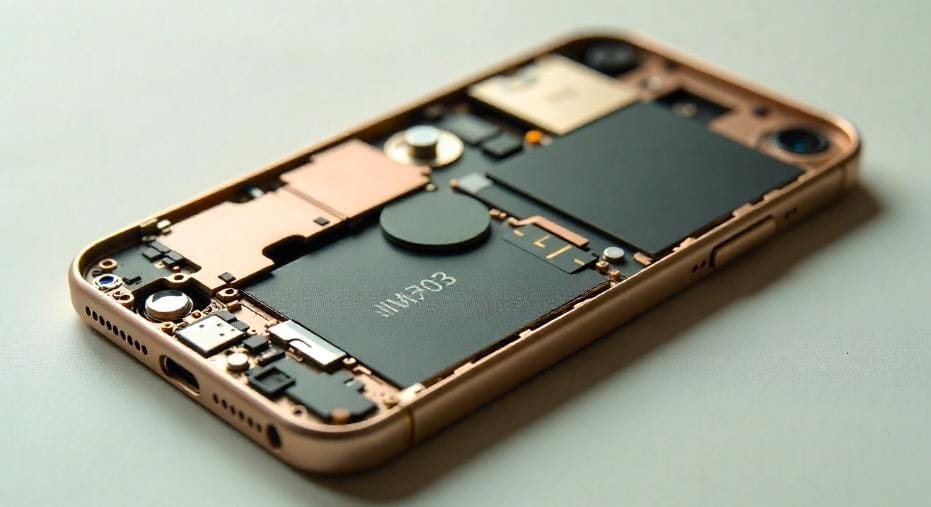Apple has long positioned itself at the forefront of design, technology, and sustainability. From its early adoption of recyclable aluminum to its ambitious carbon-neutral pledges, the company continues to redefine what modern tech manufacturing looks like. But as the environmental conversation evolves, so does the need to explore alternative, sustainable materials that could power the next generation of iPhones.
This article explores what could come after aluminum, the materials Apple might turn to, and how these shifts fit into its broader sustainability and brand vision.
1. Why Aluminum is No Longer Enough
Aluminum has been Apple’s design cornerstone for over a decade. Its lightweight, durable, and recyclable properties made it an ideal choice for the sleek, minimalist design language Apple is known for. Yet, challenges are emerging:
- Energy-intensive production: Aluminum smelting requires high electricity consumption.
- Carbon footprint concerns: While Apple sources recycled aluminum, scaling to future needs may strain supply chains.
- User expectations: Tech-savvy consumers increasingly demand next-level sustainability beyond “just aluminum.”
These realities are pushing Apple to seek more innovative and eco-friendly alternatives.
2. Biopolymers and Plant-Based Plastics: A Real Possibility
Biopolymers, derived from renewable plant sources, could represent the next big leap in sustainable design. Unlike petroleum-based plastics, biopolymers are biodegradable and align with Apple’s zero-waste goals.
Potential applications in future iPhones:
- Casings and internal components: Durable, lightweight, and customizable.
- Buttons and smaller parts: Ideal for areas where the strength-to-weight ratio is critical.
- Accessory production: Cables, cases, and packaging could benefit from bioplastics.
Interestingly, several future iPhone rumors reported by Apple Patent already suggest Apple is experimenting with alternative casing materials — hinting that plant-based plastics may move from concept to reality sooner than expected.
3. Recycled Rare Earth Elements: Closing the Loop
Apple has already made strides in recovering rare earth elements from old devices, but the next decade could push this strategy further.
- Taptic Engine: Built with recycled rare earth magnets.
- Circuitry & connectors: High-purity recycled metals may replace virgin mining.
- Global e-waste reduction: By closing the loop, Apple could minimize reliance on extractive industries.
This approach not only reduces environmental impact but also strengthens Apple’s position as a pioneer in circular economy practices.
4. Ceramic and Glass Composites: Premium Yet Eco-Friendly
Beyond metals and plastics, ceramic composites could revolutionize future iPhone designs. Known for their scratch resistance and sleek appearance, ceramics could replace or complement aluminum frames.
- Aesthetic appeal: Ceramics add a premium, futuristic look.
- Durability: Resistant to scratches, cracks, and thermal changes.
- Recyclability: Advanced composites can be reprocessed, aligning with eco-goals.
Apple’s previous investments in ceramic shield technology for displays prove its interest in this area — possibly extending to the entire device body.
5. How This Fits into Apple’s Brand Story
Apple’s material innovation isn’t just about engineering; it’s deeply tied to its storytelling and market positioning. Sustainable materials help the brand achieve three objectives:
- Differentiation: A design narrative rooted in sustainability sets Apple apart.
- Consumer trust: Eco-conscious Gen Z and Millennials value brands with authentic green commitments.
- Regulatory compliance: Governments are increasingly demanding sustainable practices.
This strategy directly connects to the broader Apple Marketing Strategy, where eco-conscious innovation becomes part of the customer experience — not just the product’s technical specs.
6. What Consumers Can Expect Next
While exact timelines remain speculative, Apple’s sustainability roadmap suggests the following possibilities:
- 2030 Carbon-neutral target: Expect a gradual phase-out of aluminum dominance.
- Biopolymer integration: Accessories and smaller iPhone parts may lead the transition.
- Hybrid devices: Future iPhones may combine recycled aluminum, ceramics, and bio-based materials for an optimal blend.
Ultimately, the iPhone of tomorrow may not just be faster or smarter — it will be greener by design.
Conclusion: Redefining Tech Through Sustainability
The future of iPhones is not only about performance, AI, or edge computing but also about how sustainably they are built. Moving beyond aluminum, Apple has the chance to pioneer plant-based plastics, ceramic composites, and fully closed-loop recycling systems. These innovations won’t just change what’s in our pockets — they will reshape the tech industry’s responsibility to the planet.

